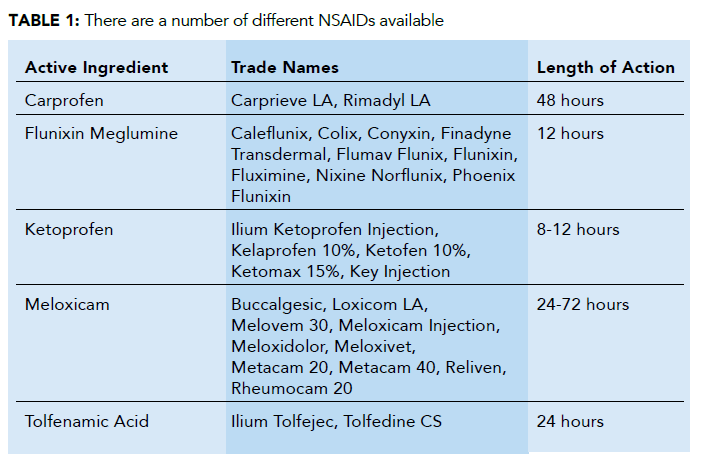What is pain relief?
New legislation husbandry procedures to continue to occur, while improving the welfare outcomes for animals.

By Lisa Whitfield
Husbandry procedures such as castrating animals over 6 months old, and dehorning, are provided for under new animal welfare regulations which came into force recently. The purpose of the new legislation is to allow normal husbandry procedures to continue to occur, while improving the welfare outcomes for animals by providing specific guidance that pain relief must be used for these procedures.
For the example of dehorning, the following statement now applies:
“A person must not dehorn a cattle beast unless throughout the procedure the cattle beast is under the influence of pain relief that is authorised by a veterinarian for the purpose of the procedure”
So what pain relief will be authorised by a veterinarian for a painful husbandry procedure?
LOCAL ANAESTHETIC
Local anaesthesia provides a temporary block from feeling pain. The drugs interfere with the transmission of pain signals to the brain, from targeted areas where the local anaesthetic is deposited.
The most commonly used local anaesthetic in cattle in New Zealand is lignocaine hydrochloride. Lignocaine HCl stops the sensation of pain during the acute phase while a procedure is carried out, and immediately after a procedure until the drug wears off. Its effects last approximately 1.5 to 2 hours on average following administration. Local anaesthetics do not have anti-inflammatory effects, therefore do not affect pain and discomfort experienced over the days following a procedure during the chronic phase while healing occurs.
Local anaesthetic blocks would be considered a minimum standard for pain relief in situations where they can be used effectively.
NON-STEROIDAL ANTI-INFLAMMATORIES (NSAIDS)
NSAIDs provide pain relief beyond the duration of the procedure by reducing inflammation produced by damaged tissues over the healing period. The use of an anti-inflammatory in addition to local anaesthetic for a painful procedure would be considered the gold standard regime for pain relief. (See Table 1).
 WHAT IS THE DIFFERENCE BETWEEN THEM?
WHAT IS THE DIFFERENCE BETWEEN THEM?
For the purpose of a painful procedure, the main difference between NSAIDs is the duration of action. Firstly, the use of any anti-inflammatory will be more desirable than none. Secondly, consider how long you think the healing phase of a procedure lasts – how long do you think the burns from disbudding cause pain for?
It is good to be aware of the many pain relief options that are out there. The decision around what constitutes appropriate pain relief for specific procedures will require discussion with your veterinarian, as well as the prescription of restricted veterinary medicines. For the use of local anaesthetic, you will be required to undergo training in the appropriate use of it before you will be allowed to use it. Minimum standards require appropriate pain relief to be present at the time of the procedure, but don’t forget there is also the pain which comes afterwards from inflammation during the healing process.
- Lisa Whitfield is a Manawatu veterinarian with Lisa Whitfield Farm Vet Services, Palmerston North.




